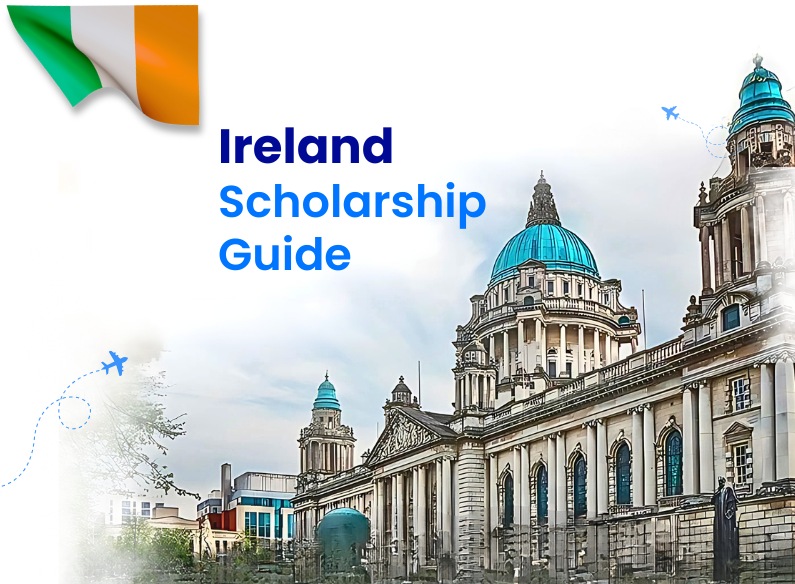
How Post-Study Work Policies Differ in the USA, UK, Canada & Australia
For many international students, choosing where to study isn’t just about the classroom — it’s also about what comes after graduation. Post-study work policies can shape your career path, your finances, and even your chances of permanent residency.
The USA, UK, Australia, and Canada student visa each have very different rules on how long you can stay, what kind of work you can do, and the steps you need to take. Understanding these differences early on helps you plan more effectively and maximize the benefits of your overseas education journey.
Start Your Study Abroad Application
Overview of Countriwise Post-Study Work Policies
- USA: OPT: up to 12 months; STEM OPT adds 24 months (total 36). Requires F-1 status.
- UK: Graduate Route: 2 years for most grads; 3 years for PhDs. Guidance updated July 16, 2025.
- Canada: PGWP length depends on program; new rules affect non-degree programs starting Nov 1, 2024 apps (eligible “in-demand” fields only).
- Australia: Temporary Graduate (subclass 485) rules changed from July 1, 2024 (durations, streams updated).
Quick Comparison (Post-Study Work)
Every country has its own rules for how long graduates can stay and work after finishing their studies. The table below gives you a side-by-side look at post-study work options in the USA, UK, Canada, and Australia — including visa types, durations, and key conditions.
| Country | Visa/Permit | Typical Length | Notes |
| USA | OPT (F-1) | Up to 12 months | Work must relate to major; pre-OPT time reduces post-OPT. |
| USA (STEM) | STEM OPT extension | +24 months (total 36) | Employer must be E-Verify; training plan (Form I-983). |
| UK | Graduate Route | 2 years (3 for PhD) | Latest caseworker guidance July 16, 2025. |
| Canada | PGWP | Up to 3 years (varies) | Non-degree programs must be in eligible “in-demand” fields if study permit applied on/after Nov 1, 2024. |
| Australia | Temporary Graduate (485) | Varies by stream & qualification | Policy changes effective July 1, 2024 adjust durations/criteria. |
Country Snapshots and Their Work Policies for International Students
United States
If you study in the USA on an F-1 student visa USA, you can pursue Optional Practical Training (OPT) for up to 12 months after graduation; STEM grads can extend by 24 months (total 36 months). OPT must be directly related to your major and needs USCIS authorization (EAD) for a student visa USA.
United Kingdom
The UK’s Graduate Route lets you stay 2 years after most degrees or 3 years after a PhD to work or job-hunt. Requirements and processing are set out in the updated July 16, 2025, Home Office guidance. If you plan to study in the UK, track policy news—rules are under active review for overseas education in UK.
Canada
With a Canada student visa, you may be eligible for the Post-Graduation Work Permit (PGWP). Length depends on your program’s level/duration (up to 3 years). As of Nov 1, 2024 applications for non-degree programs must be in eligible, long-term shortage fields to qualify for PGWP. Degree programs (bachelor’s, master’s, PhD) aren’t affected by this specific field requirement.
Australia
Graduates on the Temporary Graduate (subclass 485) visa can work in Australia after study. From July 1, 2024, the government updated streams, durations, and criteria—check which stream you fit (e.g., Post-Study Work vs. Graduate Work) before you apply with your student visa Australia background.
Can You Switch From a Student Visa to a Work Visa without Leaving the Country?
Often yes — but rules differ a lot:
- In the UK, after you graduate, you can apply for the Graduate Route from within the UK (if you held valid student visa).
- In Australia, the Temporary Graduate (485) visa allows you to stay and work after finishing studies, without needing to leave if you apply before your student visa expires.
- In Canada, PGWP is a post-study work permit, so you apply after studies; you don’t usually need to leave the country unless required for immigration reasons.
Which Country Fits You?
Want the longest runway in tech/engineering? USA’s STEM OPT (36 months) is strong.
For students in science, technology, engineering, or math, the U.S. offers up to 36 months of work authorization through STEM OPT. This extra time lets graduates gain valuable industry experience and boosts their chances of securing long-term opportunities.
Prefer job-hunting flexibility across roles? UK’s Graduate Route is broad (2–3 years).
The UK Graduate Route allows students to stay and work for up to two years after a master’s (three after a PhD), with no restrictions on job type. It’s an attractive option for those who want freedom to explore roles across different sectors.
Looking at Canada’s PR pathways? PGWP length + occupation demand can align with immigration options; mind the non-degree field rules.
Canada’s Post-Graduation Work Permit (PGWP) can run from one to three years, depending on your program. Paired with high demand in certain occupations, this often leads to strong permanent residency prospects—just watch the rules around non-degree programs.
Eyeing Australia’s lifestyle + skills routes? Check your 485 stream under the 2024+ changes.
Australia’s Temporary Graduate (subclass 485) visa is being reshaped under new rules, with work duration tied to qualifications and fields of study. Students drawn to Australia’s quality of life can also benefit from skill shortages that improve career and migration prospects.

Frequently Asked Questions
Can I work in the USA after studying on an F-1?
Yes—OPT allows up to 12 months; STEM degrees can extend by 24 months (total 36). You need USCIS authorization (EAD).
How long can I stay in the UK after graduation?
You can stay in the UK for two years after successfully completing most degree programs under the Graduate Route visa. If you finish a PhD or other doctoral qualification, your post-study stay is extended to three years.
What’s new with Canada’s PGWP?
From Nov 1, 2024 study-permit applications onward, non-degree programs must be in eligible, long-term shortage fields to get a PGWP. Degree programs follow standard rules.
What changed in Australia’s Temporary Graduate (485) visa?
From July 1, 2024, the 485 visa program updated streams, durations, and eligibility—check the Home Affairs page for the current settings before applying.
Will my visa status during studies affect post-study work approval?
Yes, sometimes. For example, in the USA you must have held lawful F-1 status, maintained full time study, and complied with all visa conditions. In Australia.
Book A Free Counseling
Related Blogs
Want to connect with
Our Experts?
We provide keep one to one counselling to
Study Abroad Aspirants









